10 Protein Rules for Shedding Pounds Every Day
Did you know that eating the right amount of protein can help you lose weight? Autumn Bates (@autumbates) is a Clinical Nutritionist with a Master's in Nutrition Human Performance. She is also a social media influencer with hundreds of thousands of followers, known for revealing tips on healthy eating, weight loss, and intermittent fasting. In a viral video, she reveals all the rules for eating protein to lose weight.
You Probably Aren't Eating Enough Protein
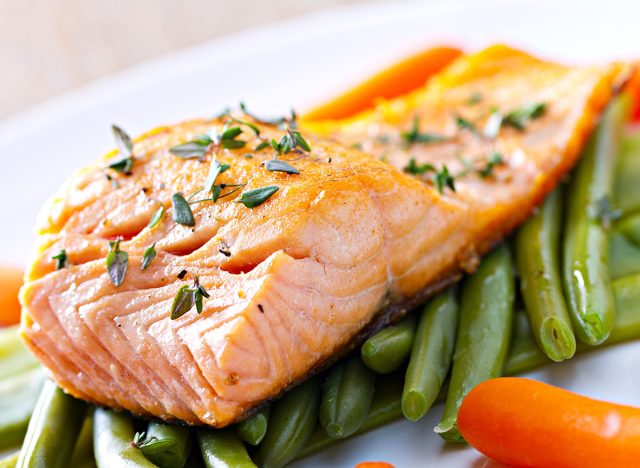
"Protein is one of the most important things you need to be eating enough of every single day if you have a goal of weight loss in mind, but so many people are not even getting close to the amount they need to actually see those benefits of protein for their weight loss and wellness goals," she says in the video.
Her Goal Is to Educate Her Followers
"Today, I'm gonna be sharing with you exactly how much protein you need to eat for your body if your goal is weight loss," she says. She also wants to show her followers "what that actually looks like in a day."
The Typical USDA Guidelines Are Not Going to Help You Lose Weight
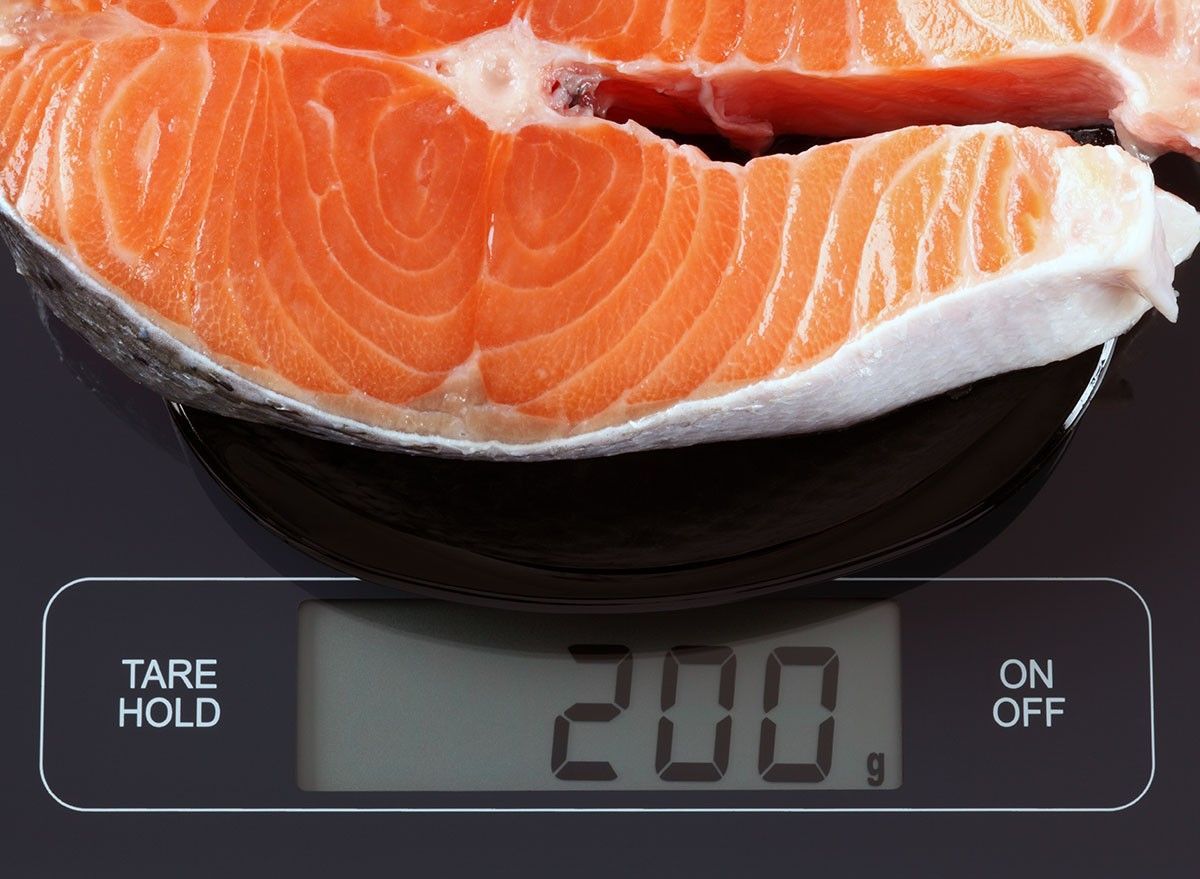
She explains that the typical USDA guidelines, which recommend 0.8 grams of protein per kilogram of our body weight, are inaccurate. "That guideline was never intended to actually be enough protein to help you achieve your weight loss or wellness goals. It was only meant to be a number stated not to get a protein deficiency," she says.
She Recommends 1.2 to 1.6 Grams Per Kilogram

"That's it. In fact, research is actually showing that you need between 1.2 and 1.6 grams or maybe even higher of protein per kilogram of body weight to see those benefits. And there's even research showing that even that could not be enough."
Or, 0.73 If You Are Using Pounds
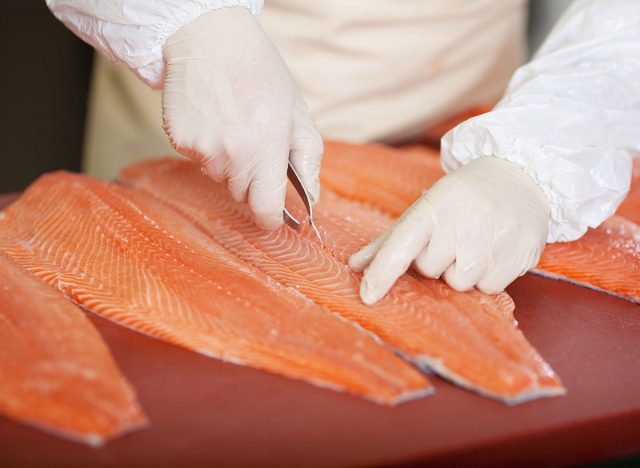
She recommends 1.6 grams of protein per kilogram of body weight. "If you measure your weight in pounds, you're just going to multiply your weight in pounds by 0.73. This 0.73 is just the conversion of getting it out of kilograms and into pounds. So, let's say you weigh 150 pounds, and your goal is weight loss. We will take your 150-pound weight and multiply it by 0.73, which will be the amount of total protein you need to eat in a day. So, in this case, it would be 110 grams of protein," she says.
If You Have a BMI Over 30, Use Your Ideal Body Weight
"One big caveat to this, though, is if your BMI is over 30, so this would be considered the obese category. If that's the case, you'd want to use your ideal body weight versus your current body weight. So rather than taking your current body weight and multiplying it by either 0.73 or 1.6, then you're going to take your ideal body weight," she says.
RELATED: I Lost 22 Pounds in a Week on Egg Diet
Use a BMI Calculator
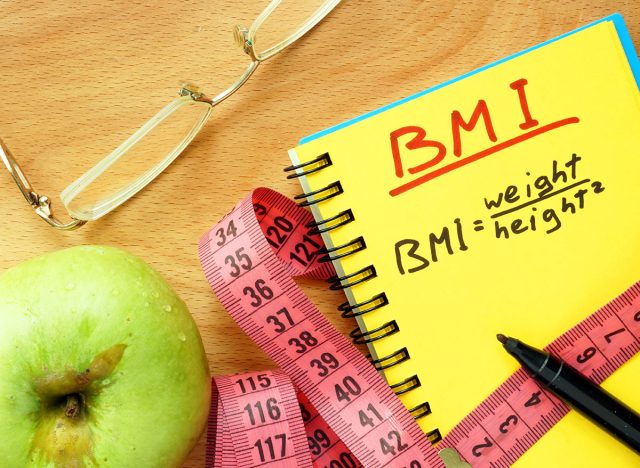
"If you aren't sure what your BMI is, there's a lot of free calculators online because it's kind of like a confusing equation. So I wouldn't recommend trying to do it yourself," she continues.
She Doesn't Recommend Tracking Calories or Macros
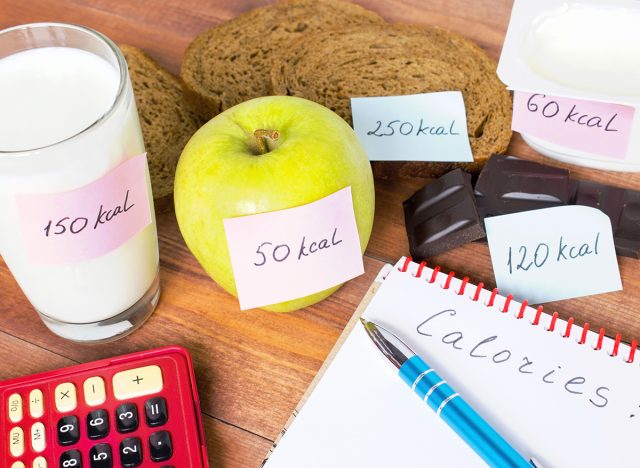
"It's very simple. So you have your total protein, let's say that 110 grams of protein per day," she says, adding that she doesn't recommend "just tracking all your calories, macro counting" as it's "not a really sustainable way to approach weight loss."
Instead, Focus on What Protein Looks Like
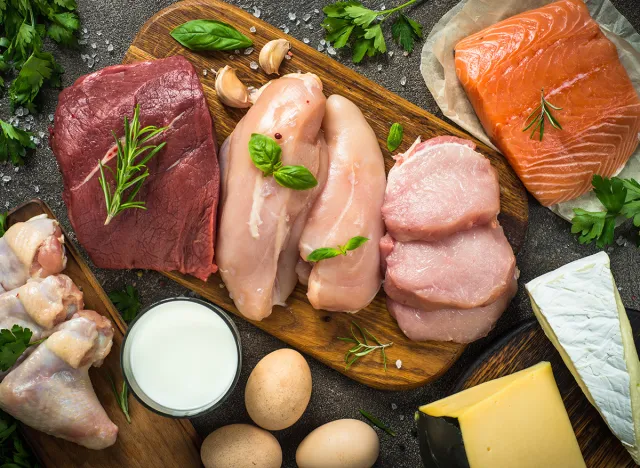
"Instead, what we wanna do is be able to understand what that protein looks like and how actually to get it into your meals," she continues. "So with 110 grams of protein per day, that's like roughly 35 grams of protein per meal. In fact, for best results with weight loss in mind, I do recommend sticking to meals and not having snacks."
Breakfast: Cottage Cheese with Fruit
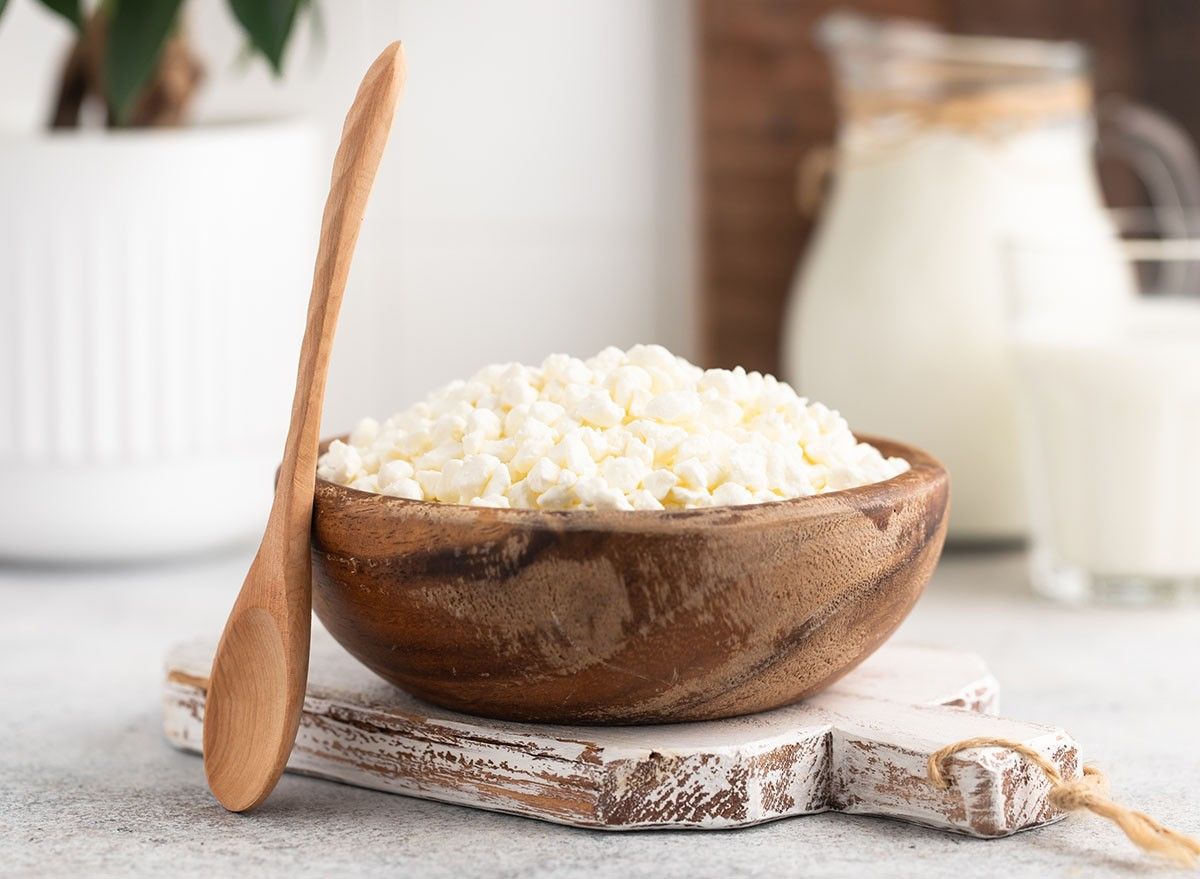
"First up, we have breakfast or break fast. If you're following intermittent fasting, I use one and a half cups of cottage cheese. That alone has about 35 grams of protein just in the cottage cheese," she says. "Now, to make it a complete meal, you can just add the toppings. For myself, I put sauteed blueberries that were sauteed in a vanilla ghee and then some peanut butter."
RELATED: 4 Best Exercises to Lose Flabby Arms
Lunch: Tuna Salad with Cabbage Slow and Avocado
"Next up for lunch, we have a tuna salad. Now, this is really easy because a typical five-ounce can or four-and-a-half-ounce can of tuna is going to have about 35 to 40 grams of protein for the entire can. You can just use that whole can of tuna as your protein. And then also to make this more of a complete meal, I've added some cabbage slaw and some avocado mix in there for some high-quality fat and fiber," she says.
Dinner: Ground Beef Meatballs with Veggies
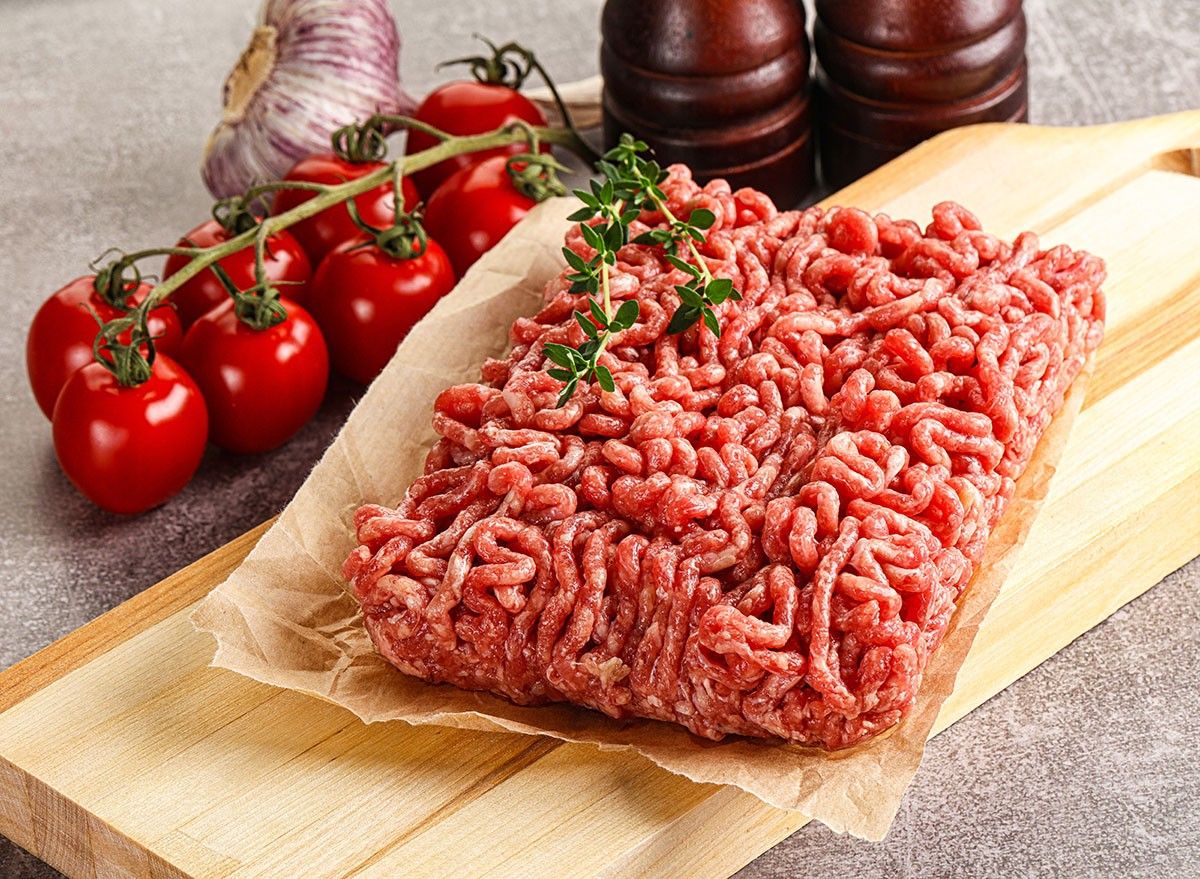
"For dinner, I have about four and a half ounces of cooked ground beef that I made into little meatballs. This will provide me with about 34 to 35 grams of complete protein. To make this a complete meal, I paired it with some garlic-roasted veggies that were so good; just copy this whole meal. Honestly, it was amazing," she says.
Eat of These Meals Features Protein, Fat, and Fiber
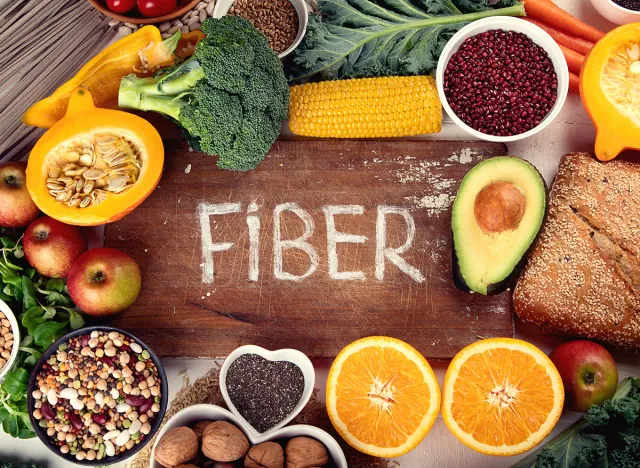
"So each of these meals prioritizes high-quality sources of protein, and you can see that it's really the centerpiece of the meal where we then add on high-quality sources of fat and fiber to kind of make it complete," she concludes.
RELATED: 14 Ways Your Body Reacts When You Stop Taking Ozempic
BMI Calculator
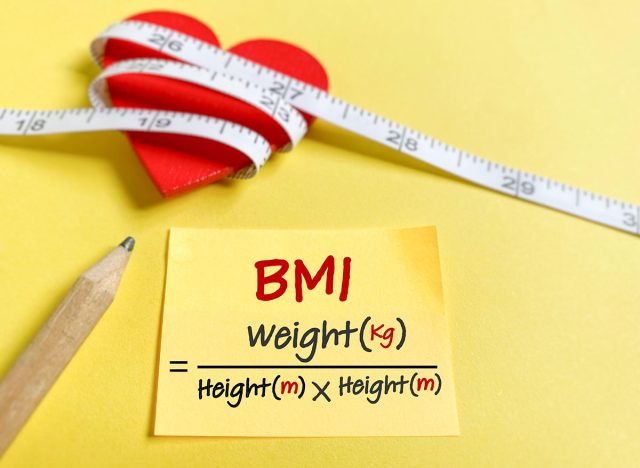
Do you want to calculate your BMI? You can benchmark your progress with this helpful Lean Body Mass Calculator.
Follow Autumn on Social Media
You can follow Autumn on social media. Visit her blog, Instagram account, and Pinterest. And if you enjoyed this article, take advantage of these 15 Quick Ways to Lose Body Fat Percentage in a Week.





